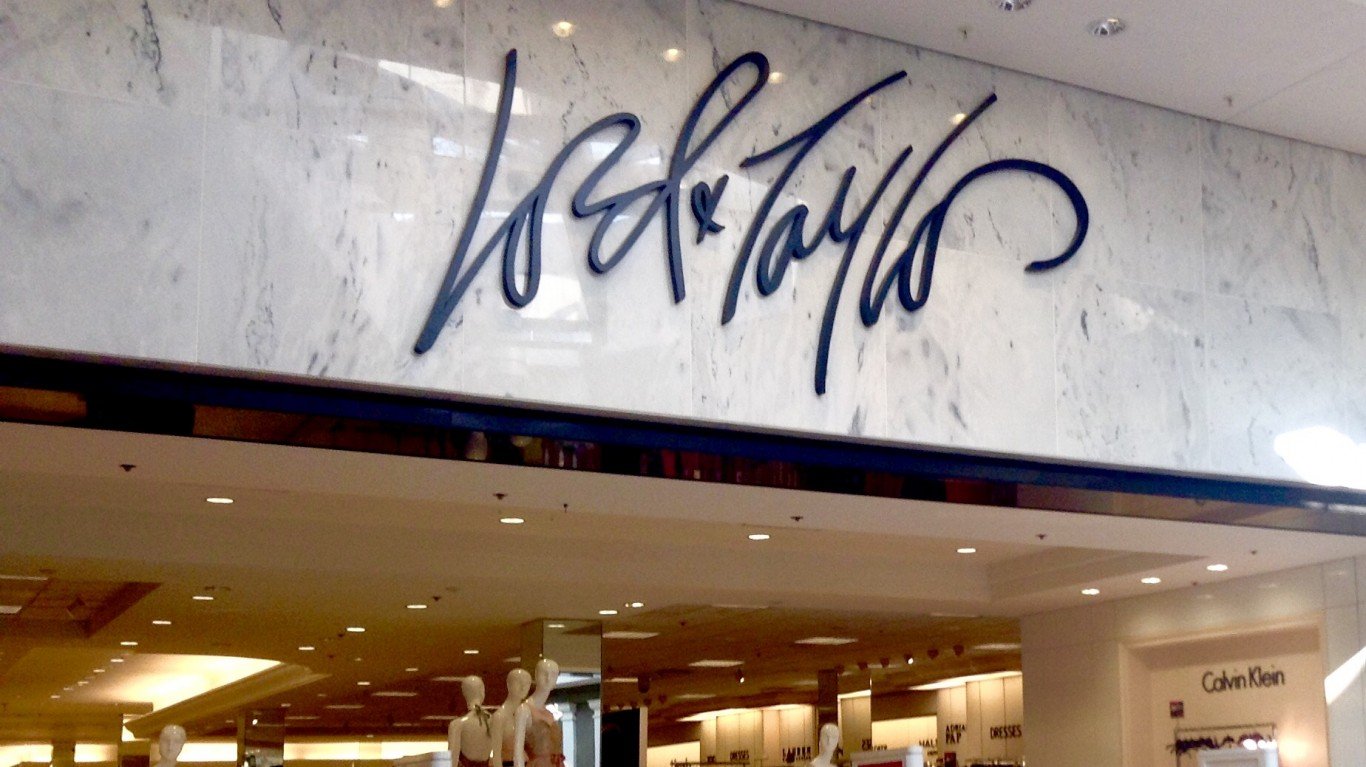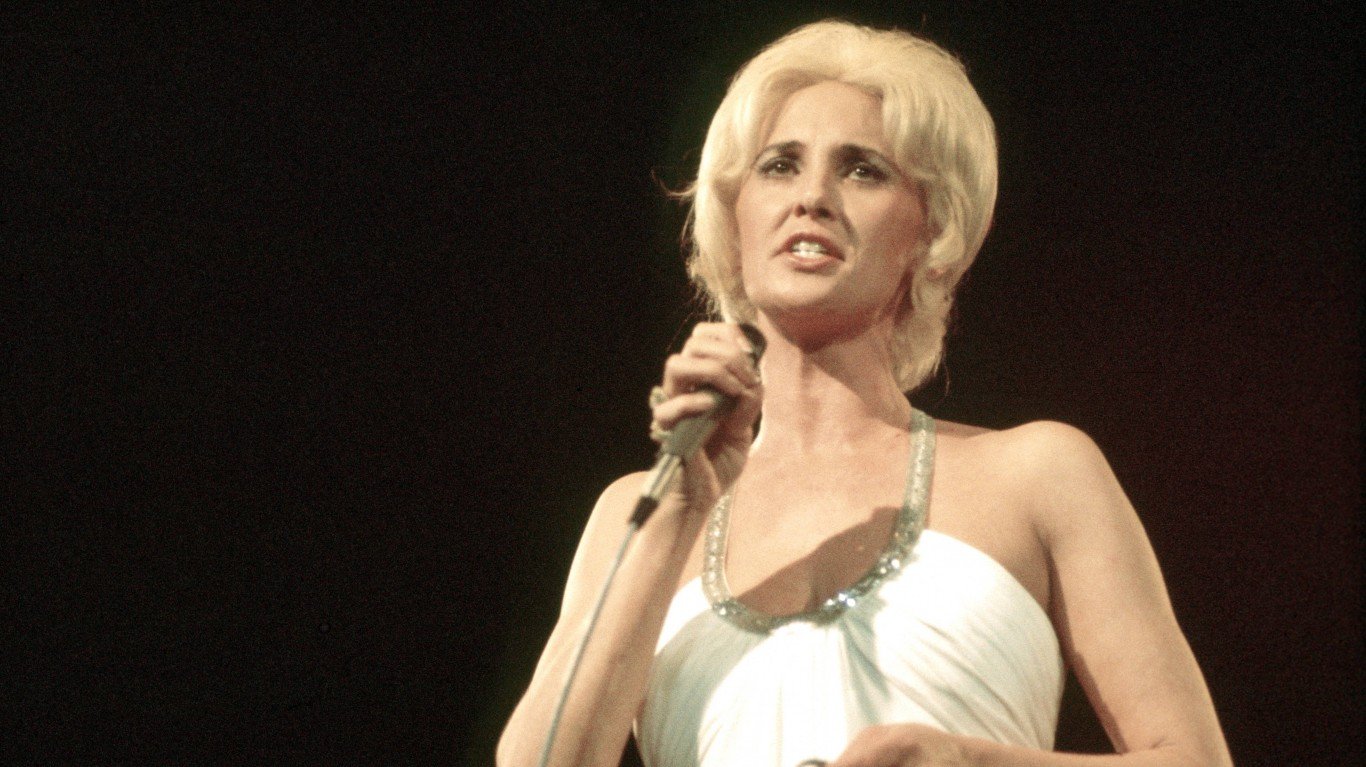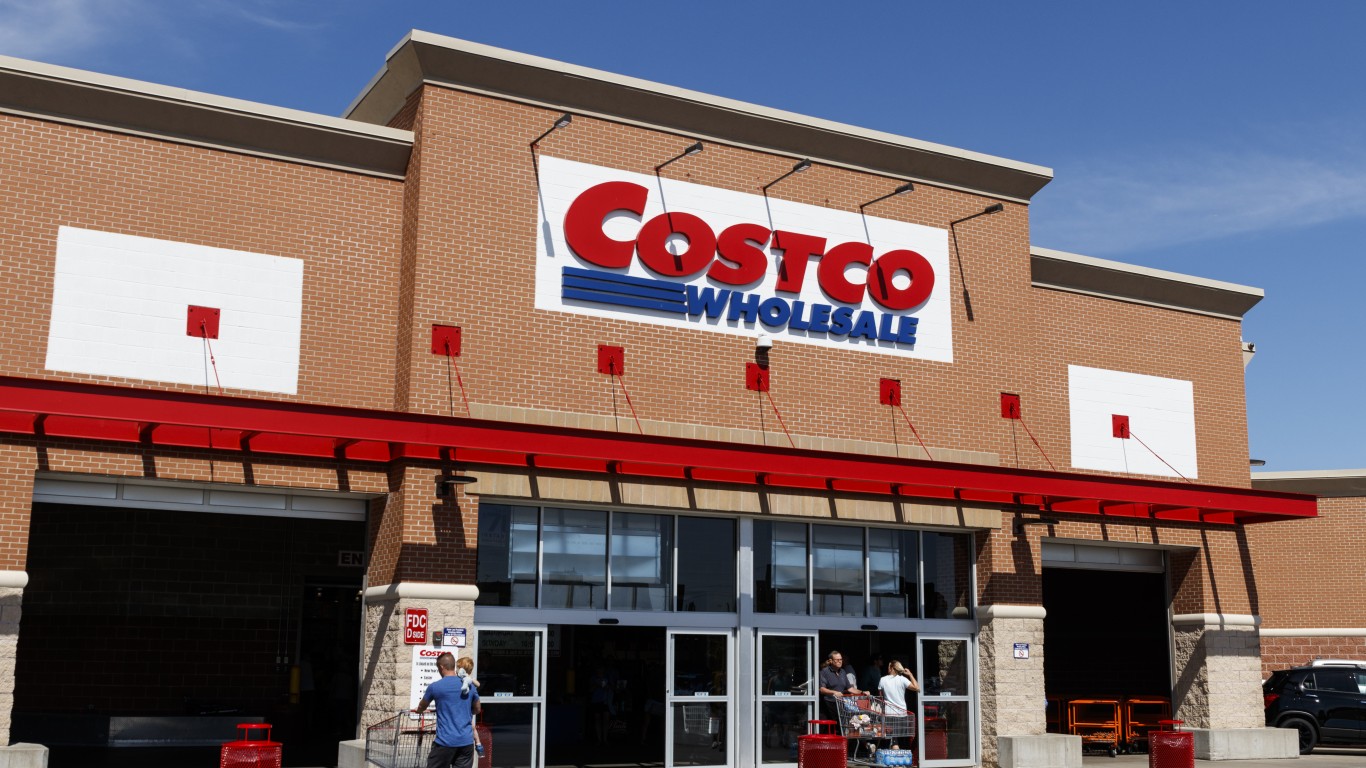

Lord & Taylor and Tailored Brands, parent of Men’s Wearhouse and Jos. A. Bank, just filed for bankruptcy, adding two to the number of traditional retailers that could not make it financially this year. Lord & Taylor is one of America’s oldest luxury retailers. Tailored Brands stores sell low priced clothing, mostly for men. The two companies could not be more different. But the bankruptcies show another round of headlines about the collapse of brick-and-mortar retail has begun. The pandemic killed them. So did too much debt. And maybe Amazon.com Inc. (NASDAQ: AMZN) had a hand in the collapses.
The truth of the matter is that the already long line of retailers that have crashed this year will become much longer. The pandemic only accelerated a process that began years ago. People have slowed shopping in stores since the 2000s. Financiers either did not see this or more likely thought they could pull the last bit of cash from balance sheets while there was still a little available. If they could take out enough cash, bankruptcy was a modest price to pay.
For the consumer, bankruptcy is only a headline, often. Lord & Taylor and Tailored Brands will keep most of their stores open, at least for now. Tailored Brands President and CEO Dinesh Lathi said that Chapter 11 would make his company stronger because a great deal of its debt will disappear. The positive effects will be short-lived if consumers do not return to their stores. Additionally, Men’s Wearhouse and Jos. A. Bank need to cut down the number of potential shoppers who buy from other online retailers. Amazon.com does not have much of a collection of suits and dress shirts. But destinations like Macys.com do. Macy’s Inc. (NYSE: M) sells well-known brands, which include Ralph Lauren and Kenneth Cole.
Once a retailer escapes its debt load, outsiders can see exactly how bad things are. J.C. Penney set plans to close about a third of its stores after it filed. Sales were in decline well before the pandemic. Bankruptcy bought it a buffer of time it cannot use effectively. Its brand has collapsed over several years of mismanagement and has been preyed on, easily, by competition. GNC closed stores right after its Chapter 11 filing. So did Tuesday Morning. If their stores remain ghost towns, they might barely crawl to the make-or-break holiday period in November and December, and not further.
An unintended consequence of retailer bankruptcy is that it culls the herd. Fewer stores mean fewer choices. If people return to shopping at stores, there will be fewer to visit. Each retail location that survives has a larger piece of the shopper pie, in theory. That works unless people continue to migrate to healthier retailers who are healthy in part because people already use them regularly.
The theory of “customer conquest” only applies when there are customers who want to be conquered. Many of them already have been conquered by Amazon, and won’t be back.
Among the least eye-opening facts about pandemic shopping is that many brick-and-mortar retailers continue to be decimated by e-commerce. It is another part of the industry narrative that has gotten old. In a quarter during which the pandemic raged, Amazon’s revenue rose 40% to $88.9 billion. North American revenue rose to $55.4 billion in the period that ended on June 30, up from $38.7 billion in the period a year ago. Macy’s revenue in its most recent quarter was $3.0 billion, down $5.5 billion a year earlier. And Macy’s is considered among the healthier American retailers.
Amazon has $55 billion of cash and securities on its balance sheet. Many retailers that avoided bankruptcy had to borrow aggressively. Much of this borrowing was done at financially unattractive rates.
Even retailers who should be able to dodge Chapter 11 have long-suffering shareholders. Kohl’s Corp. (NYSE: KSS) trades at $19, down from a 52-week high of $59.28. It will never see that high again. The current price may be a gift, if the rapid spread of COVID-19 makes stores close down across the country as it did three months ago.
The fact is that retail bankruptcies in 2020 are not over. Retail research firm Coresight Research forecasts that between 20,000 and 25,000 retail locations will close before December 31. They make take some malls under with them. Additionally, digital research firm eMarketer forecasts that e-commerce sales will rise 18% this year. The old retail system is too broken to repair, which almost everyone already knows.
There will be more headlines, and perhaps dozens of them in 2020, that another retailer has gone into bankruptcy. Some will close more stores. But consumers and investors are accustomed to these so much that the news mostly will be ignored.
Sponsored: Want to Retire Early? Here’s a Great First Step
Want retirement to come a few years earlier than you’d planned? Or are you ready to retire now, but want an extra set of eyes on your finances?
Now you can speak with up to 3 financial experts in your area for FREE. By simply clicking here you can begin to match with financial professionals who can help you build your plan to retire early. And the best part? The first conversation with them is free.
Click here to match with up to 3 financial pros who would be excited to help you make financial decisions.
Thank you for reading! Have some feedback for us?
Contact the 24/7 Wall St. editorial team.
 24/7 Wall St.
24/7 Wall St.


